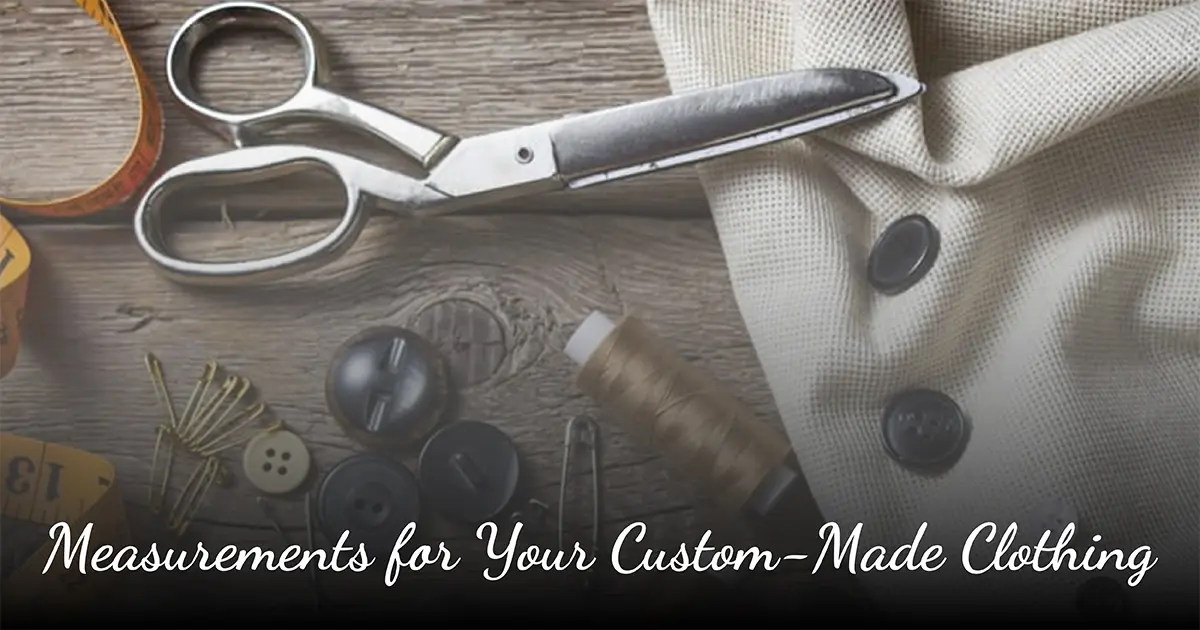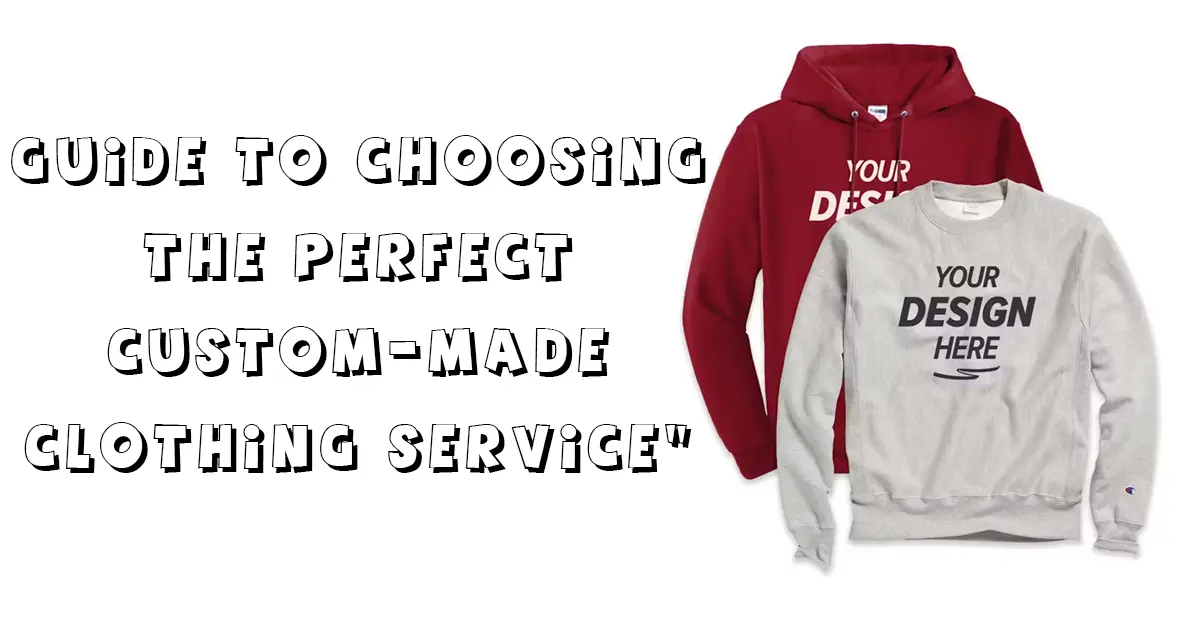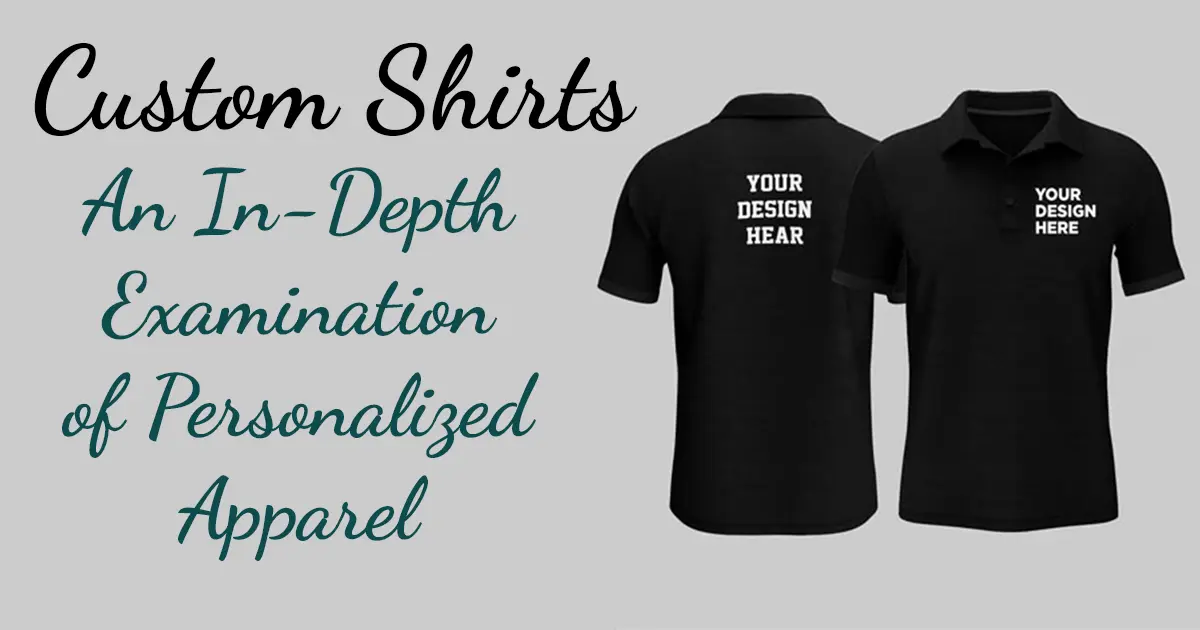Empowering Excellence: The Impact of Custom Apparel on Employee Morale and Productivity
In the fast-paced world of modern business, companies are constantly seeking innovative ways to boost employee morale and productivity. One often-overlooked solution lies in the realm of custom apparel. Beyond merely outfitting employees, custom apparel offers a powerful tool for fostering a sense of unity, pride, and belonging among team members. In this comprehensive exploration, […]













